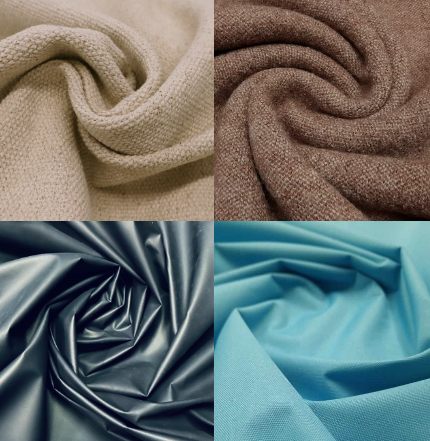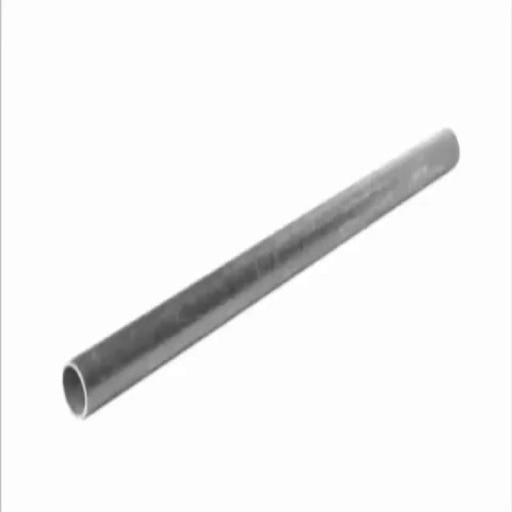Physical Properties of Materials
1/11
Earn XP
Description and Tags
Name | Mastery | Learn | Test | Matching | Spaced |
|---|
No study sessions yet.
12 Terms
Resistance to Moisture
A material’s ability to prevent liquid and moisture permeating its surface
Example of Moisture Resistant Materials
PVC - excellent moisture-resistant properties, can be added as a coating to fabrics that can then be used to produce waterproof clothing

Absorbency
A material’s ability to soak
Example of Absorbent Materials
Natural Fibres - cotton and wool have high absorbency, making them comfortable to wear if they absorb perspiration
Synthetic fibres - polyester and nylon are virtually non-absorbent so can be uncomfortable to wear, like wearing a plastic bag

Fusibility
A material’s ability to be heated and joined to another material when cooled
Example of a Fusible Material
Solder - very important property of solder where its low melting point allows it to melt with the heat of the soldering iron and join to another metal when it cools

Electrical Conductivity
A material’s ability to conduct electricity
Example of a matrial with good Electrical Conductivity
Copper - copper is a good conductor of electricity and is therefore used in wiring

Thermal Conductivity
A material’s ability to conduct heat and thermal energy
Example of a material with good Thermal Conductivity
Steel - Steel is an alloy of mainly iron and carbon, this makes it a very good thermal conductor
Pine is an example of a thermal insulator - it does not conduct heat very well

Density
A material’s solidity
mass (grams) / volume (cm3)
An example of a Dense Material
Tungsten - tungsten is a very dense metal with a density of around 19.3gdm-3
